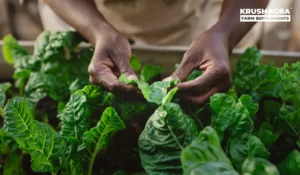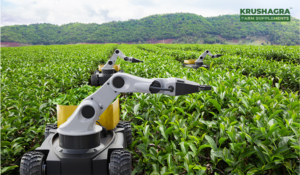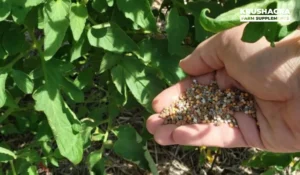Introduction:
Maintaining environmental equilibrium and providing a steady supply chain for sectors like textiles and paper requires the sustainable development of fiber crops. Chemical pesticides are frequently used in conventional pest management techniques, which can have negative consequences on ecosystems, human health, and the quality of the finished goods. In this situation, the incorporation of biopesticides offers a breakthrough method of pest management in the growth of fiber crops. This article examines the function of biopesticides and their importance in promoting environmentally friendly pest control.
Types of Biopesticides for Fiber Crops:
Several categories of biopesticides can be effectively utilized in fiber crop production:
- Microbial Biopesticides: These include bacteria, fungi, and viruses that specifically target pests.
- Bacillus Thuringiensis (Bt):Bacillus thuringiensis (Bt) is a well-known microbial biopesticide effective against various insect larvae.
- Botanical Biopesticides: Derived from plant extracts, these products contain compounds that deter or kill pests. Neem oil, for instance, has insecticidal properties and is commonly used in organic farming.
- Biochemical Biopesticides: These comprise naturally occurring substances, such as insect pheromones, which disrupt pest mating behaviors and reduce reproduction rates.
- Mineral-based Biopesticides: Compounds like diatomaceous earth, which consist of fossilized remains of diatoms, can act as physical barriers to pests or cause dehydration.
Utilizing Biopesticides in the Production of Fiber Crops:
To use biopesticides as effectively as possible for environmentally friendly pest control:
- Integrated Pest Management (IPM):A comprehensive approach to pest control is formed by integrated pest management (IPM), which combines biopesticides with cultural techniques, resistant crop types, and natural predators.
- Strain Selection:Choose biopesticides that are efficient for your fiber crops and against the specific pests in your area when making your selection of strains.
- Application Timing:For best effectiveness, use biopesticides when pests are most susceptible.
- Rotational Use: To stop pests from gaining resistance, alternate between various biopesticides.
- Monitoring and Documentation: To improve the effectiveness of your biopesticide applications, regularly check insect populations.
Conclusion:
The incorporation of biopesticides constitutes a critical turn toward environmentally responsible and commercially feasible pest management in the goal of sustainable fiber crop production. Farmers may safeguard their crops, the environment, and the quality of the finished goods by utilizing nature’s natural defenses. The use of biopesticides in fiber crop production supports the ideals of responsible and progressive agriculture while also protecting agricultural ecosystems as customer demand for environmentally friendly products rises.






